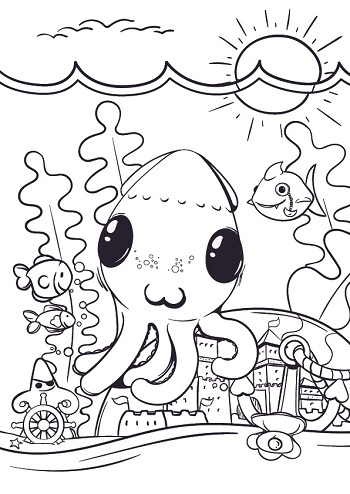
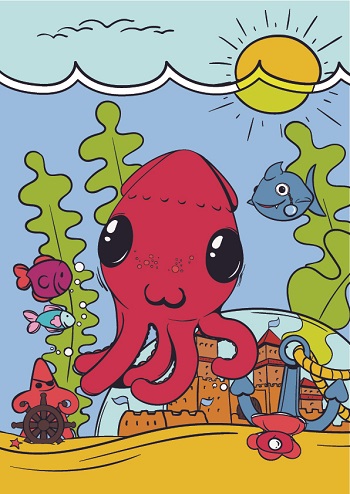
Focusing an a child’s education has become in today’s hectic society a primary task all concerned parents must undertake. The future of generations to come is decided on those essential seven years when the toddler gains grasp on reality and basic normal behavior, where a vision of the surrounding world is formed and interpreted. Professional studies have placed drawing, scribbling and coloring into the basic-need to know class every child should concentrate on, having a positive effect on the kid’s education, cognitive enhancement, muscular and emotional development.
A child’s brain is susceptible to the tiniest of change and to the surrounding environment, using familiar mediums and recognizable elements to create his own safe interpretation of the world. From early stages, colors, shapes and the simple act of sitting at a table and trying to reproduce forms and shapes, follow imposed guidelines and assimilate space teaches the young mind the act of discipline, attentiveness, concentration and creativity. From 18 months old a child will show signs of scribbling, spending increasing amounts on time trying to put to paper a basic primordial form of the world seen with his own eyes.
After learning how to focus on a given task gradually, the child will start to understand basic forms and shapes and how to associate them with his surrounding environment. Here is where the human body starts to appear in representations and the classical fairy tale house with the chimney smoke takes over each composition. This represents the raw form of conceptualizing which is considered to be essential for the development of the human brain, complex connections are formed and understanding and apprehension is increased. Lines where coloring is concerned are initially surpassed in the urgency of creativity and as time passes by, attention to such details increases, alongside a better control of the human body, of his position and of the way wrist movement and finger control is managed.
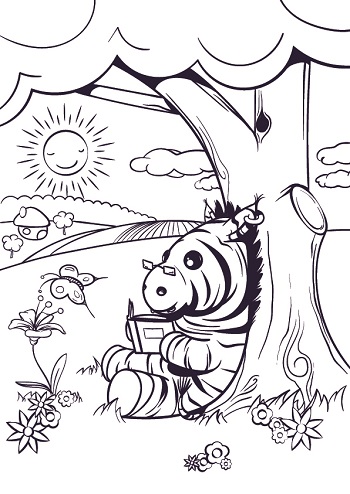
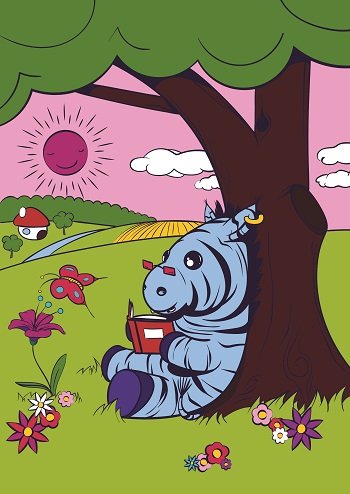
After the age of eight, creativity and imagination are suppressed and the real depictions of the world take over. The concepts of perspective and proportions appear, even if unconsciously and this stage will lay the groundwork for future interest and focus in the art domain. Encouragement is essential for pursuing this talent, creativity and imagination will complete a rigorous sustained study. Guidance is the key in everything and professional consistent support will improve and enhance hidden talents and help develop more and more advanced skills and techniques.
Proper materials should be offered if signs of an interest for drawing and coloring is shown from early stages of development, starting with basic white paper and pencils, advancing to coloring crayons, coloring books, watercolor, acrylics and so on according to interest, talent and learned technique. Encouragement is the base a child will build on, have the patience to teach, to offer support and positive feedback and avoid comparisons between children that will only induce negative competitiveness and jealousy among siblings. Associate music with drawing and coloring to stimulate the mind and entourage the creative-productive vibe, the educative form of art. Freedom of expression is another important aspect, never impose a drawing theme, allow the surpassing of coloring books lines and understand that personal interpretation is essential if not crucial for a proper, normal, healthy personality development. Every single individual is unique, one of a kind and those little differences are what offer variety, contrast and excitement to everyday, otherwise mundane, life.
Now that we have gained a little more insight into the world of drawing and coloring for children, cast a glance into the wonderful drawing collection filled with color and creativity.

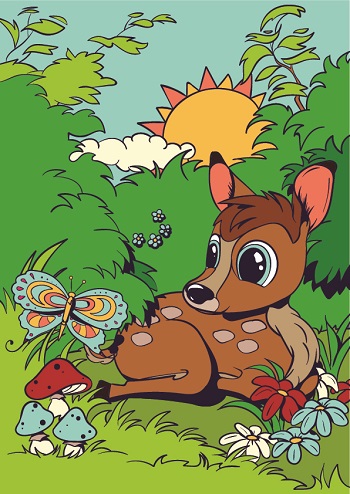
Photo Courtesy to Homesthetics.net




